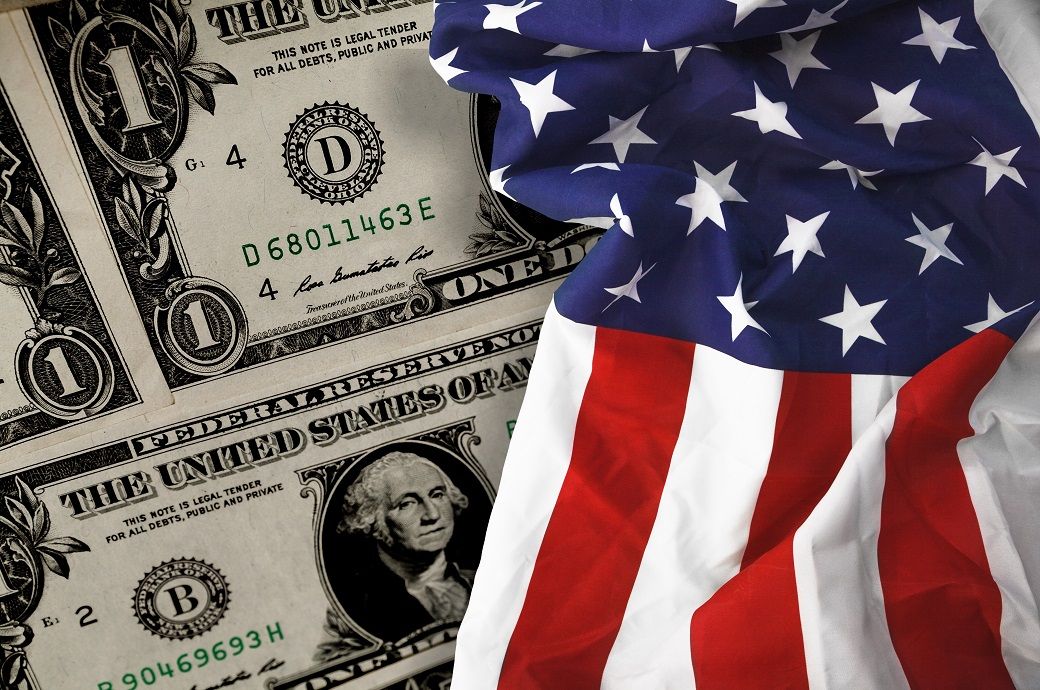
US’ leading economic index (LEI) declined by 0.2 per cent in June 2024, bringing the index to 101.1, according to The Conference Board (TCB). This follows an upwardly revised decline of 0.4 per cent in May. Over the first half of 2024, the LEI fell by 1.9 per cent, a smaller decrease compared to the 2.9 per cent contraction over the second half of last year.
June's decline in the LEI was driven by factors including consumer sentiment, new orders, yield spread, and unemployment insurance claims. Despite this, the six-month growth rate of the LEI has become less negative, suggesting a switch off the recession signal.
In contrast, the coincident economic index (CEI) for the US rose by 0.3 per cent in June 2024, reaching 112.6, following a 0.4 per cent increase in May. The CEI grew by 0.6 per cent over the first half of 2024, which is about half the growth rate of 1.3 per cent observed over the previous six months. The CEI includes component indicators such as manufacturing and trade sales and industrial production, all of which improved in June. Notably, industrial production made the largest positive contribution to the CEI for the second consecutive month, as per TCB.
Additionally, the lagging economic index (LAG) for the US inched up by 0.1 per cent in June 2024 to 119.5, partially reversing a decline of 0.2 per cent in May. The LAG's six-month growth rate rebounded to 1.2 per cent over the first half of this year, significantly higher than the 0.3 per cent increase over the second half of 2023.
“The US LEI continued to trend down in June, but the contraction was smaller than in the past three months,” said Justyna Zabinska-La Monica, senior manager, business cycle indicators, at TCB. “The decline continued to be fuelled by gloomy consumer expectations, weak new orders, negative interest rate spread, and an increased number of initial claims for unemployment. However, due to the smaller month-on-month rate of decline, the LEI’s long-term growth has become less negative, pointing to a slow recovery. Taken together, June’s data suggest that economic activity is likely to continue to lose momentum in the months ahead. We currently forecast that cooling consumer spending will push US GDP growth down to around 1 per cent (annualised) in Q3 of this year.”
Fibre2Fashion News Desk (DP)